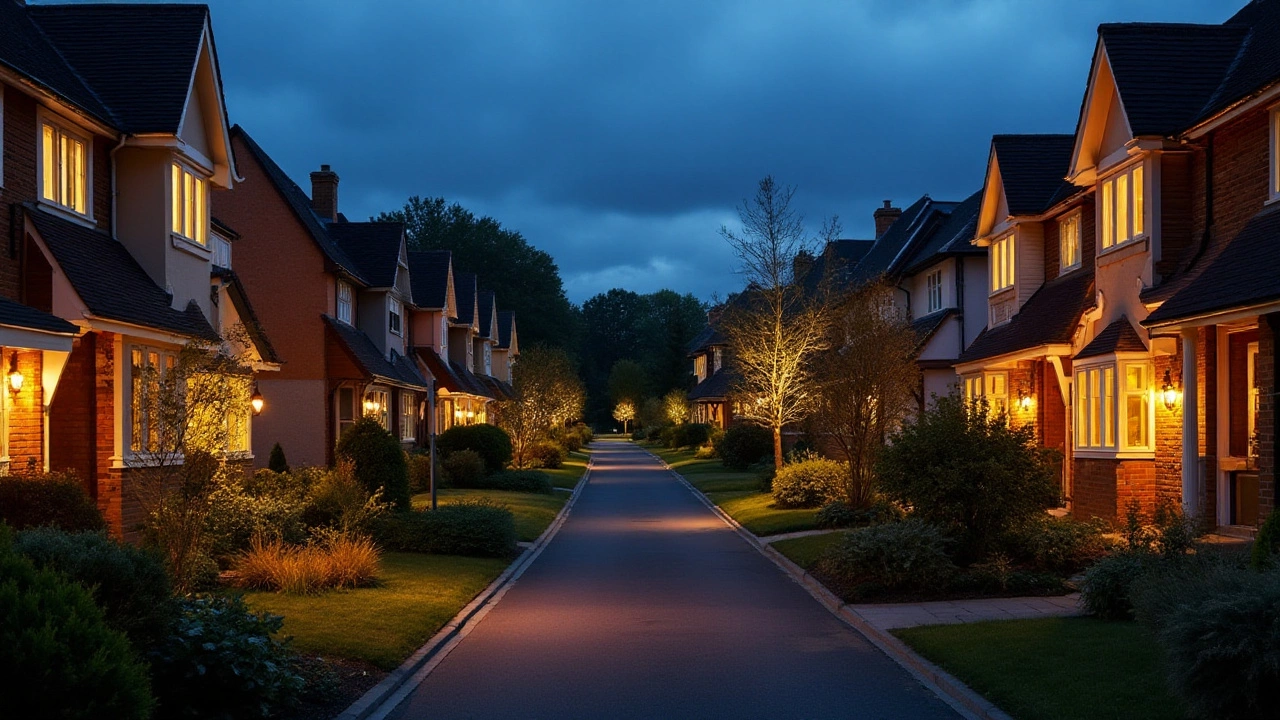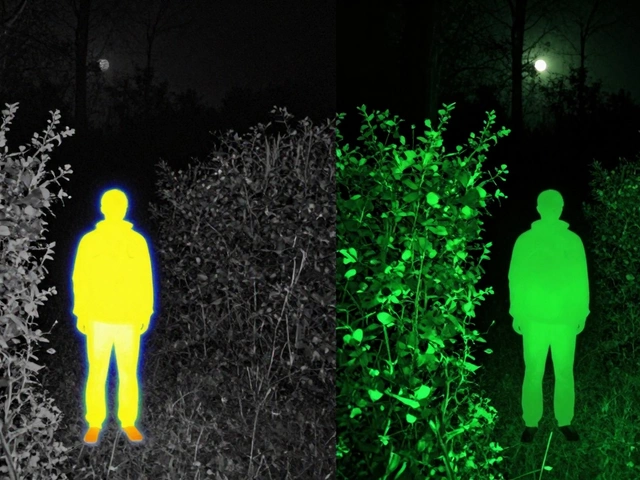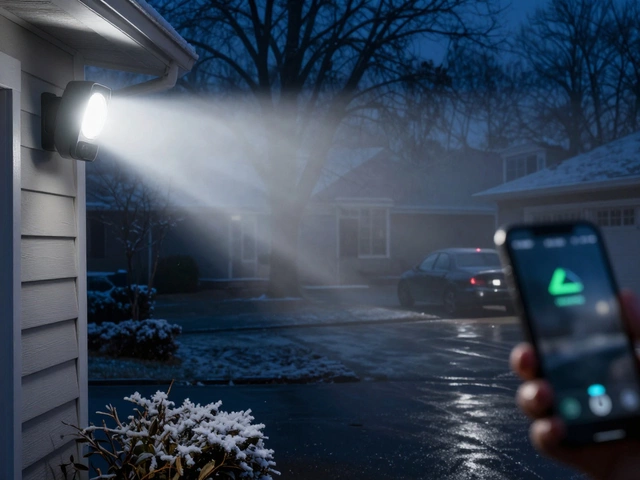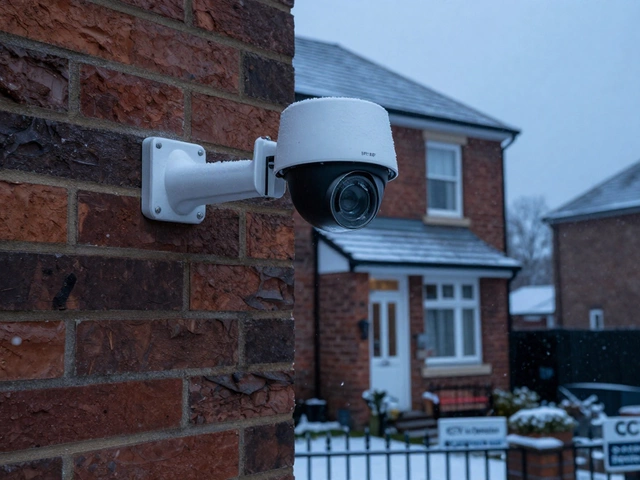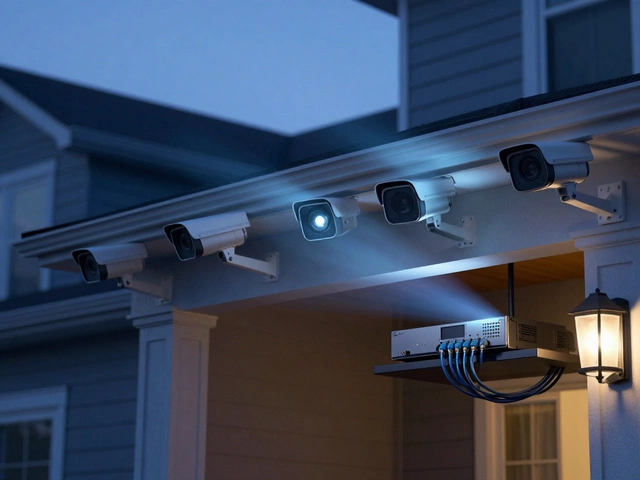Lighting Challenges: Quick Fixes to Make Your Home Safer
Ever walked around your house at night and felt something was missing? Bad lighting is more than an eyesore – it can invite trouble. The good news is you don’t need a full‑blown remodel to fix it. Below are practical steps you can start today to beat the most common lighting challenges.
Common Lighting Pitfalls
First, identify where the problem spots are. Dark corners, over‑lit entryways, and flickering bulbs are the usual suspects. Shadows near doors and windows give burglars places to hide, while harsh glare can blind motion sensors and make cameras unusable. Another frequent issue is inconsistent lighting: a porch light that turns off at 10 pm leaves the driveway in darkness, and a single low‑wattage bulb can’t cover a large garden.
Power outages are a hidden challenge. Even a short blackout can expose your home to risk if you rely only on the mains. And let’s not forget budget constraints – many homeowners think they need pricey fixtures, but smart placement and the right tech often do the trick for far less.
Smart Solutions for Better Security
Start with layering. Use ambient lighting for overall brightness, task lighting for high‑traffic zones, and accent lighting to eliminate shadowed areas. A motion‑sensor floodlight by the back door does two things: it scares off unwanted visitors and conserves energy by only turning on when needed.
LED bulbs are a win‑win. They give bright, steady light, last years longer than halogens, and cost less over time. Pair LEDs with a timer or smart plug so lights follow a realistic schedule even when you’re away.
If you’re worried about outages, add a solar‑powered light with a built‑in battery. Install it on the side of the house where sunlight hits most, and you’ll have a reliable backup that never needs a wiring job.
Don’t overlook the role of colour temperature. A cool‑white (4000‑5000 K) light shows details clearly, making cameras capture better footage. Warm light (2700‑3000 K) is great for front‑porch aesthetics but should be paired with a brighter cooler zone near entry points.
Finally, test your setup. Walk the perimeter with a flashlight and note any dark spots. Adjust fixture angles, add a strip light under steps, or raise a lamp a few inches to cover the blind spot. A quick walkthrough each season helps you stay ahead of foliage growth or new obstacles that could block light.
By tackling these lighting challenges with layered, sensor‑driven, and energy‑smart solutions, you’ll boost security without breaking the bank. Your home will feel safer, look better, and stay lit even when the power flickers. Start with one zone, see the difference, and expand – the results speak for themselves.

